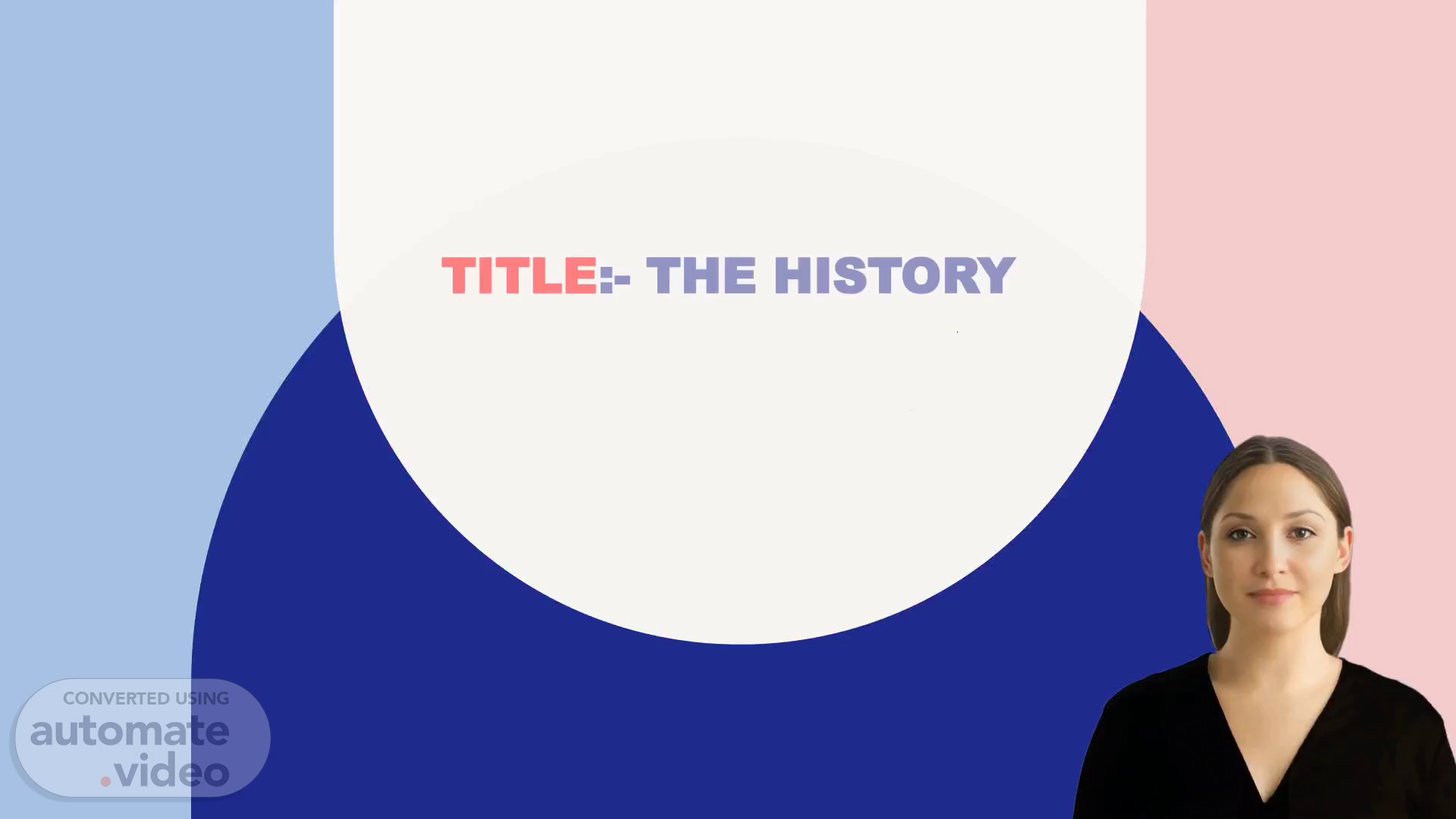
TITLE:- THE HISTORY OF PROBABILITY
Scene 1 (0s)
[Virtual Presenter] Good morning everyone. Today, we are going to discuss the history of probability and its interpretation and application in mathematics, gambling, genetics and biology. The presentation is created and hosted by Akash Wankhede and it will guide us through the origins of probability and its evolution over the years. So, let's get started!.
Scene 2 (27s)
[Audio] Probability is the academic discipline that investigates the possibility that certain outcomes will happen. Its origins can be traced back to the 16th century, and it has since expanded into a broad field of mathematics with multiple uses, from science to economics. It has several variations and interpretations, allowing it to be applied to many different scenarios..
Scene 3 (52s)
[Audio] Cardano is recognized as the originator of probability in mathematics. He was an Italian professor and gambling enthusiast who realized that if he couldn't succeed in gambling, he should do something more productive. Cardano tried to attribute a numerical value, ranging from 0 to 1, for the probability of a result by evaluating the amount of favourable cases compared to the number of overall cases. He was the first to recognize that the probability of rolling a 1, 3, or 5 was equivalent to the probability of rolling a 2, 4, or 6. This groundbreaking idea has had an immense influence in the way we conceive of probability today..
Scene 4 (1m 37s)
[Audio] The Problem of Points is an intriguing notion in the annals of probability, attributed to Luca Pacioli's 1494 work. It puts forth the question of how a pot should be split if a dice game is terminated prior to conclusion. A key consideration is identifying an equitable division based on the number of rounds each player has won at that moment. This problem acted as an impetus for the initial studies in probability and provided numerous opportunities for multiple researchers through the years to build on the concept..
Scene 5 (2m 13s)
[Audio] Karl Pearson was a pioneering mathematician who made significant contributions to the field of probability. He was the first to use standard deviation to denote the measurement of probability, and was a major figure in the emergence of biometrics, the study of biological and statistical measurement. Combining probability with genetics and hybridization, Pearson's work in 1894 was a major advancement in the use of statistics to interpret data, paving the way for future advances in probability and data science..
Scene 6 (2m 47s)
[Audio] Bertrand's box paradox is an intriguing and thought-provoking phenomenon. Upon studying the Math provided, it can be concluded that the probability of finding a gold coin in the other drawer of the chosen box is two-thirds, rather than the seemingly intuitive one-half. This paradox has puzzled people since the late nineteenth century, and to this day is still studied by mathematicians. The most important insight from this is the need to carefully consider both the problem and the accompanying details - so as to gain a accurate comprehension of the situation and deduce a plausible solution..
Scene 7 (3m 25s)
[Audio] Probability has been an integral part of our lives for centuries. It has found its way into our daily experiences and its principles have been applied to solve a variety of problems. One of the famous probability problems is the Birthday Problem. The question at the heart of this problem is what is the smallest number of people required to guarantee that the probability of two or more of them having the same birthday is greater than one-half? The answer to this is 23. This is calculated by looking at the number of combinations that can be made in a group of 23 people - 253 combinations. Each of these combinations has a 99.726027 percent chance of not being a match. Multiplying this number with itself 253 times gives us a probability of 49.952 percent that all 253 comparisons generate no matches and hence the probability of there being a birthday match in the comparisons is 1- 49.952 percent, which is 50.048 percent or just over half..
Scene 8 (4m 35s)
THANK YOU. BY AKASH WANKHEDE.